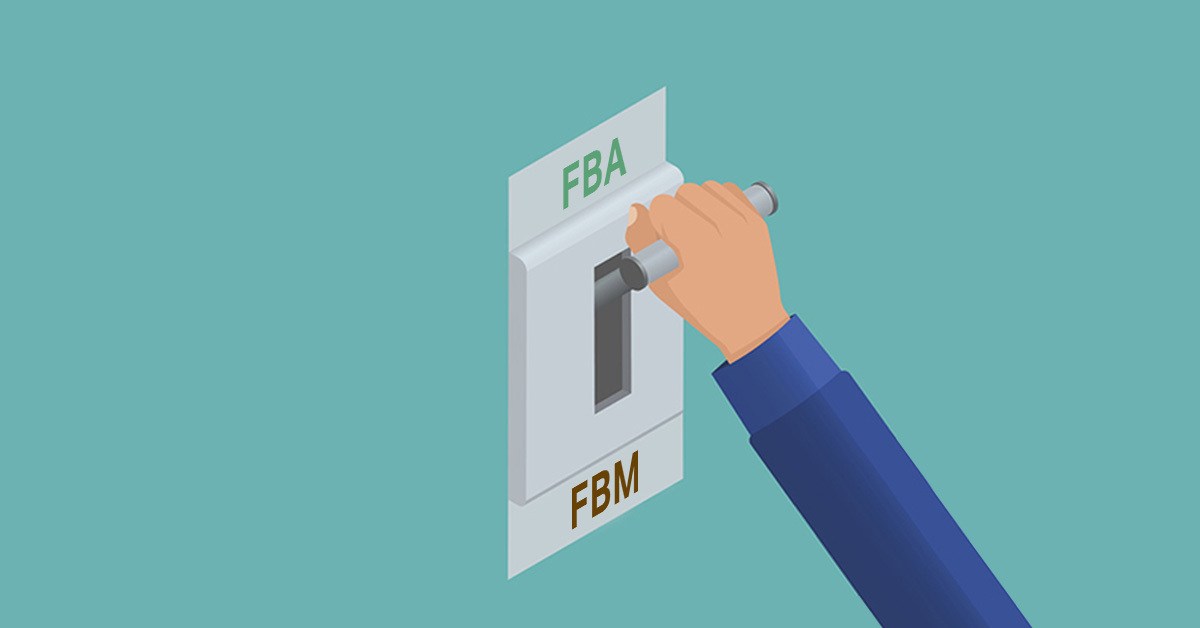Amazon Inventory 200 Unit Limit: what sellers can do about it?
Amazon has introduced new inventory limits. Sellers can now only send 200 units of a new product into fulfillment centers.
In the light of the COVID-19 pandemic, demand at Amazon has spiked, and the company had to make these changes to optimize their fulfillment centers. The restrictions took effect on 16 august, 2020 until at least 31 December, 2020. Everyone planning to launch a product is affected.
Updated: as of January 4th 2021, inventory restrictions for new products are not removed. Instead, Amazon has lowered the Inventory Performance Index (IPI) threshold to 450.
If your IPI is 450 or above in week 51 of 2020, starting January 1, 2021, you will not be subject to storage volume limits.
If your IPI is below 450 in week 51 of 2020, you will continue to be subject to storage volume limits. Amazon will notify you of your next period limits, which will go into effect on February 1, 2021.
How to deal with this situation? The possible options remain the same:
Continue using FBA model
Previously storage limits depended only on your IPI (Inventory performance index) score, and there were no restrictions on the number of items you could send to Amazon warehouses.
The main issue with the new policy is MOQ (Minimum order quantity): the prices for such small batches will be skyrocketing, as it is much more cost effective to order 2000 items instead of just 200.
What are the possible ways to address this problem?
- Promise future value to the supplier
Say something like this to the supplier:
“We are doing a ‘test run’ on our product. We want to get some out there, receive feedback and improve the product. We want to test with a small order before ordering thousands more.”
Set the expectation with suppliers that you want a long term business relationship.
In order to be successful, you need a lower MOQ at the beginning. By working with you, a manufacturer is setting themselves up to be the exclusive supplier of a successful brand.
Undoubtedly, some suppliers have already heard of Amazon’s policy change and empathize with you.
- Pay the supplier for the large quantity but ask them to first ship only 200 units.
A surprisingly large number of suppliers are willing to do this if you just ask. Yes, that first batch may be more expensive to ship if you are shipping by air freight instead of by sea, but look at it as an investment in your listing.
You can use that first batch of 200 to optimize your listing for prime conversion and then ask the supplier to ship in the remaining inventory when ready.
- Hire a third party logistics company(3PL).
A third-party logistics company (3PL) is an outsourced provider that handles inventory management and storage, fulfillment services, shipping and returns logistics.
You can still submit larger quantities to the manufacturer but split your shipment, sending 200 units directly to Amazon and the rest – to a 3PL company.
In this way you will be able to replenish your stock with the required number of items.
Is there any way to lift the limit?
Amazon doesn’t give an answer to this question, but there are reasons to believe that the limits may be increased if your initial 200 units are selling well.
The situation may also change after Amazon opens the planned 30 new fulfillment centers.
Consider using FBM
If you fulfill orders yourself, there are no limits to your inventory.
In this case you will have to find a 3PL company. Or, if you live in the US, you can send the inventory to your house and handle the deliveries yourself. (You can read more about FBM in our previous article)
However, lack of Prime and Fulfilled by Amazon will negatively affect your listing conversion rate.
What are the possible ways to address this problem?
- Qualify for Seller Fulfilled Prime.
This program allows FBM sellers to sell products with the Prime badge from their own warehouse/fulfillment center.
To quality for Seller Fulfilled Prime, you must:
- Ship over 99% of your orders on time.
- Have an order cancellation rate of less than 0.5%.
- Use Amazon Buy Shipping Services for at least 99% of orders.
- Deliver orders with our supported Seller Fulfilled Prime carriers.
- Seller must agree to the Amazon Returns Policy.
However, Amazon is currently not accepting any further applications for Seller Fulfilled Prime. So, it’s more of a 2021 solution, when enrollment reopens.
If you are interested in the program, you can add your name to a waiting list.
You could also consider opening up to other marketplaces as well, such as Shopify or Walmart. Selling products and fulfilling by yourself or with a 3PL will give you the opportunity to diversify your sales across multiple sales channels.
Update: since April, 2021, Amazon FBA products are no longer subject to ASIN-level quantity limits. Instead, restock limits were introduced.
Sources: Helium10.com, justonedime.com


